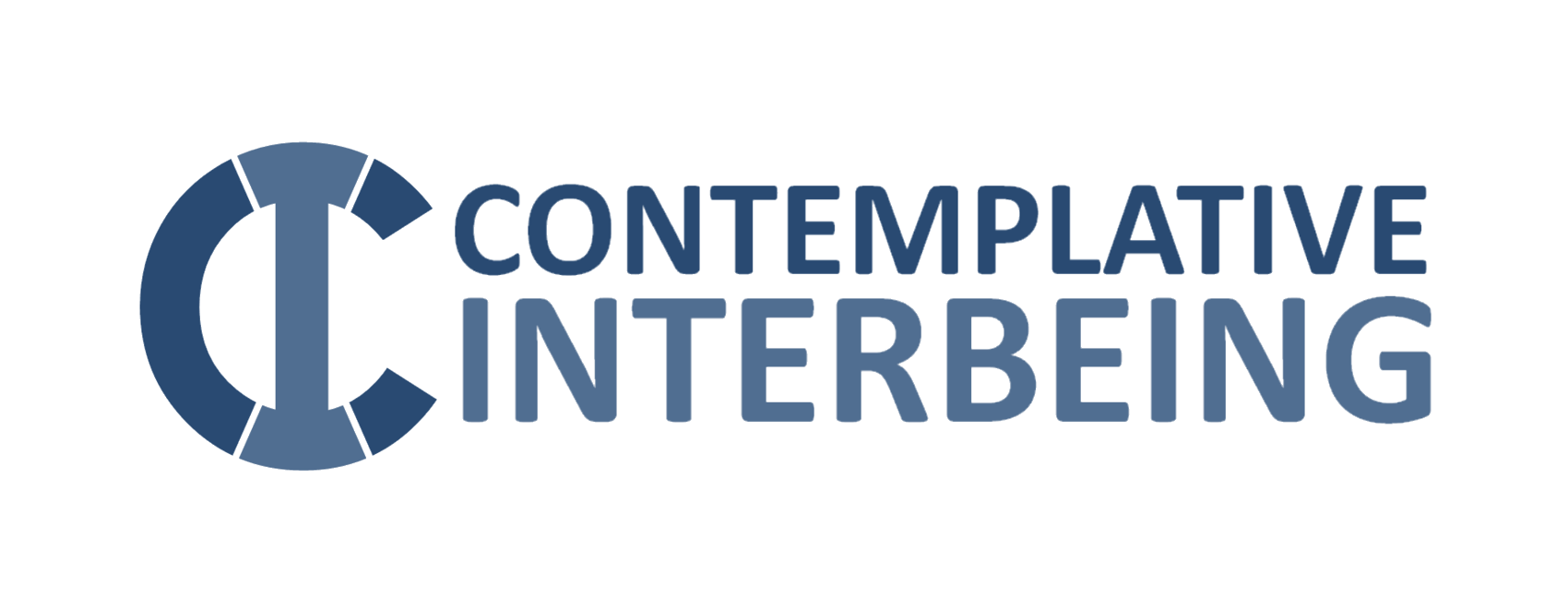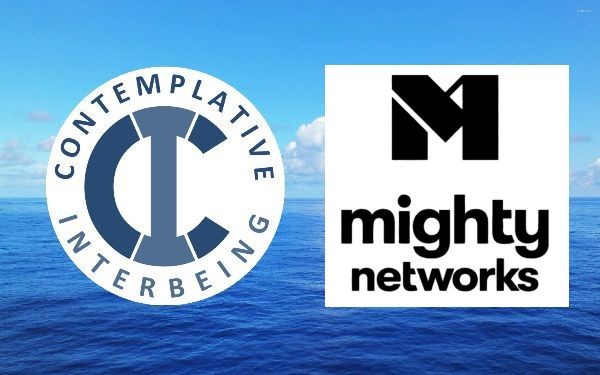Both God’s truest identity and our own True Self are Love,
Yet why does this truth often elude our grasp?
How do we uncover what already lies within?
Why must we awaken our profoundest selves?
And how shall we embark on this quest?
Is it through prayer and meditation’s gentle embrace?
Or in the hush of solitude and sacraments’ grace?
Yes, it is all of these, but hear this whispered truth:
The most vital path is to embrace our present reality.
A solution so simple, so humble, it seems almost trivial,
Yet we cloak it in religious pomp and piety,
Avoiding the cross of the here and now,
Preferring esoteric rituals to the mundane,
Yet it is on these edges of existence, we learn to bear
The mystery of God’s suffering and God’s joy.
The greatest teacher of God’s presence is life itself,
Yet it’s easier to attend church than to revere the real,
To practice the presence of God, as saints implore.
No dogma or grandiose gestures are needed,
Just vigilance, desire, and a willingness to begin anew,
Living and accepting our reality, no matter how it feels.
It may not feel spiritual, these moments on the edge,
But they lead us back to the core, the essence, Love.
We don’t find our center; it finds us, unbidden.
Our minds cannot reason their way to this Truth.
We must be spiritually naked and free, a rarity indeed.
We live ourselves into new ways of thinking,
Journeying through our circumferences to the core,
Where we meet our truest self and our truest God.
To be human is to know God; to know God is to be human.
In Jesus, divinity embraces humanity, inseparable.
“The Human One,” his self-name, uttered seventy-nine times,
His reality, a free “yes” to his humanity’s daily call.
We’ve worshiped his journey but neglected our own,
For worship feels religious; the journey, oh so human,
Yet we are spiritual beings, journeying to be fully human.
An arduous path made so by its profound ordinariness.

